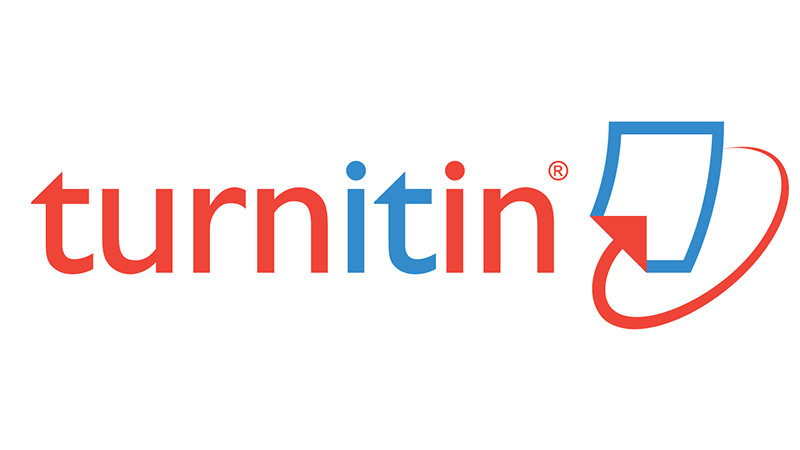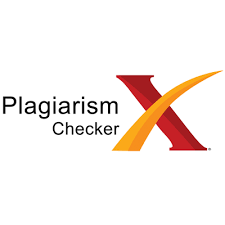STUDENTS’ PERCEPTION ON THE USE OF ESTAFET WRITING GAME AND PICTURE BASED-CREATIVE WRITING TO NURTURE LOVE OF WRITING
Abstract
Full Text:
PDFReferences
Al Seyabi, F., & Tuzlukova, V. (2014). Writing problems and strategies: An investigative study in the Omani school and university context. Asian Journal of Social Sciences & Humanities, 3(4), 37-48
Astuti, E. W. (2016). The Use Of Cooperative Learning To Improve Students’writing Skill On Procedure Text.(A Classroom Action Research At the Eight Grade of SMP Muhammadiyah 6 Plupuh, Sragen in the 2015/2016 Academic Year). Karya Ilmiah Mahasiswa Progdi Pendidikan Bahasa Inggris FKIP, 2(1).
Gutiérrez, K. G. C., Puello, M. N., & Galvis, L. A. P. (2015). Using pictures series technique to enhance narrative writing among ninth grade students at Institución Educativa Simón Araujo. English Language Teaching, 8(5), 45.
Han, Y., & Hyland, F. (2015). Exploring learner engagement with written corrective feedback in a Chinese tertiary EFL classroom. Journal of Second Language Writing, 30, 31-44.
Hassaskhah, J., & Mozaffari, H. (2015). The impact of group formation method (student-selected vs. teacher-assigned) on group dynamics and group outcome in EFL creative writing.Journal of Language Teaching and Research, 6(1), 147-156.
Hammad, E. A. (2016). Palestinian University students’ problems with EFL essay writing in an instructional setting. InTeaching EFL Writing in the 21st Century Arab World (pp. 99-124). Palgrave Macmillan, London.
Kiriakos, C. M., & Tienari, J. (2018). Academic writing as love.Management Learning, 1350507617753560.
McDonough, K., De Vleeschauwer, J., & Crawford, W. (2018). Comparing the quality of collaborative writing, collaborative prewriting, and individual texts in a Thai EFL context. System,74, 109-120.
Nazim, M. (2018). Writing As A Skill: Problems Identified And Pedagogical Remedies. Advances in Social Sciences Research Journal, 5(7).
Ningsih, W., & Razak, N. K. (2017). The Effectiveness of Cooperative Integrated Reading and Composition Model in the Teaching and Learning Narrative Essay Writing. Journal of Indonesian Language Education and Literary, 2(2, Dec.), 134-137
Phuket, P. R. N., & Othman, N. B. (2015). Understanding EFL Students' Errors in Writing. Journal of Education and Practice,6(32), 99-106.
Thuy, N. H. H. (2016). Teaching efl writing in Vietnam: Problems and solutions-a discussion from the outlook of applied linguistics. VNU Journal of Science: Foreign Studies,25(1).
DOI: http://dx.doi.org/10.17977/um046v3i12019p17-22
Refbacks
- There are currently no refbacks.
Copyright (c) 2019 Journal of English Language, Literature, and Teaching (J-ELLiT)
Editorial and Administration Office:
This Journal is published and managed by Department of English, Faculty of Letters, Universitas Negeri Malang.
Jl. Semarang No. 5, Malang, Indonesia.
Phone. (0341) 551312.
Homepage: http://journal2.um.ac.id/index.php/jellit/index
email: jellit.journal@um.ac.id
P-ISSN: 2580-670X
E-ISSN: 2580-9687
This work is licensed under a Creative Commons Attribution 4.0 International License.
Cover designed by Rahmati P. Yaniafari









